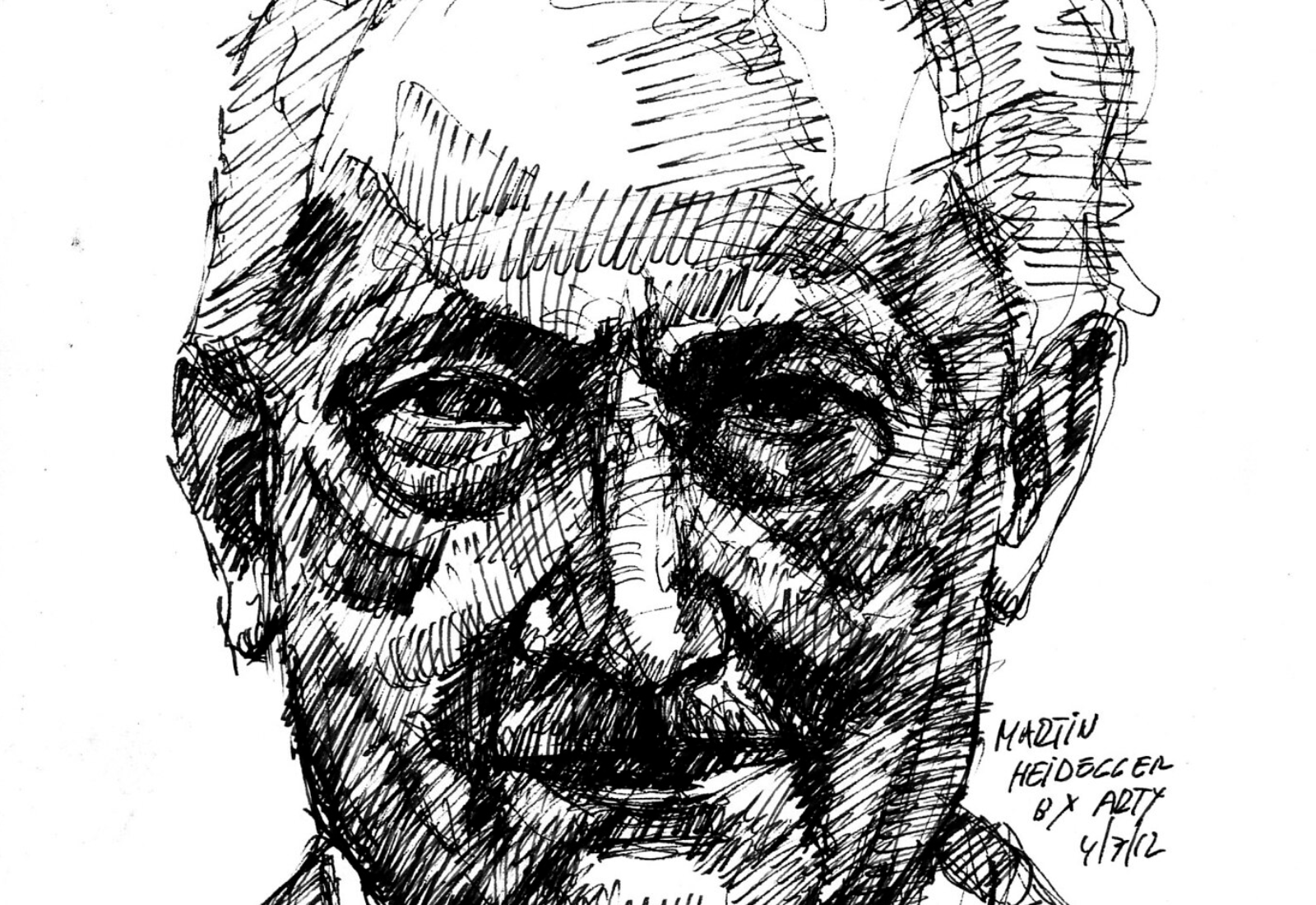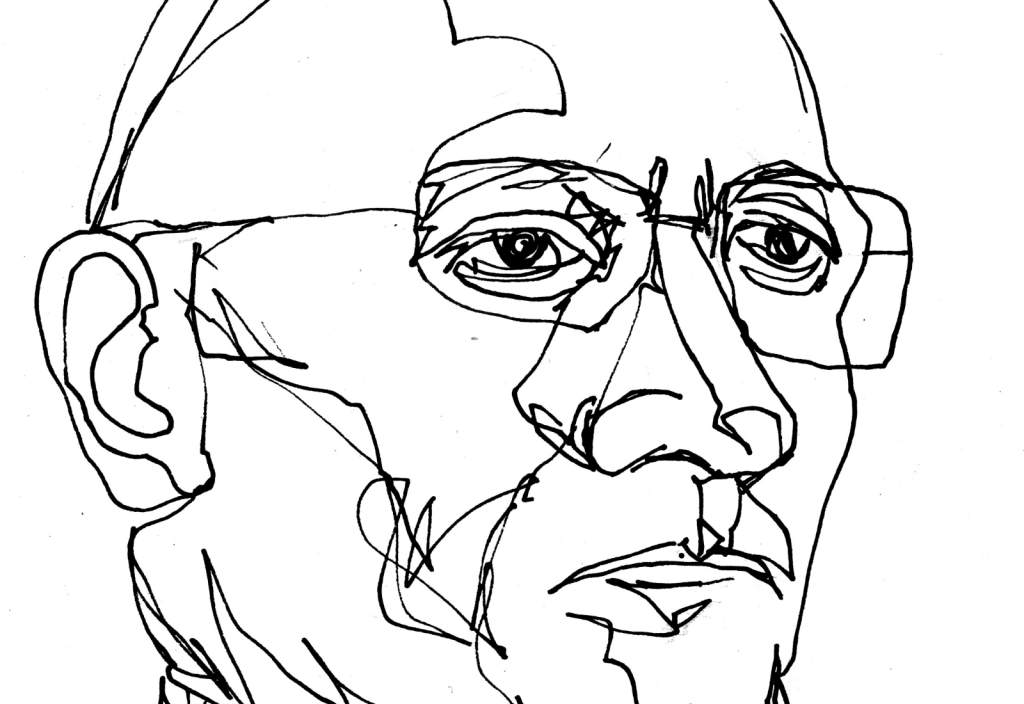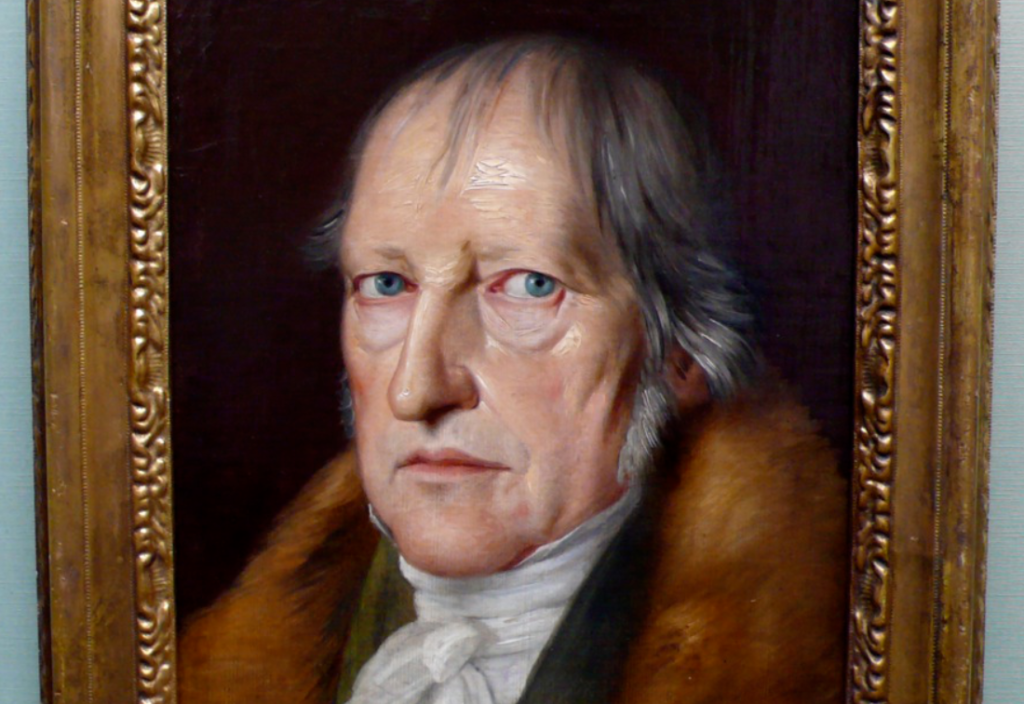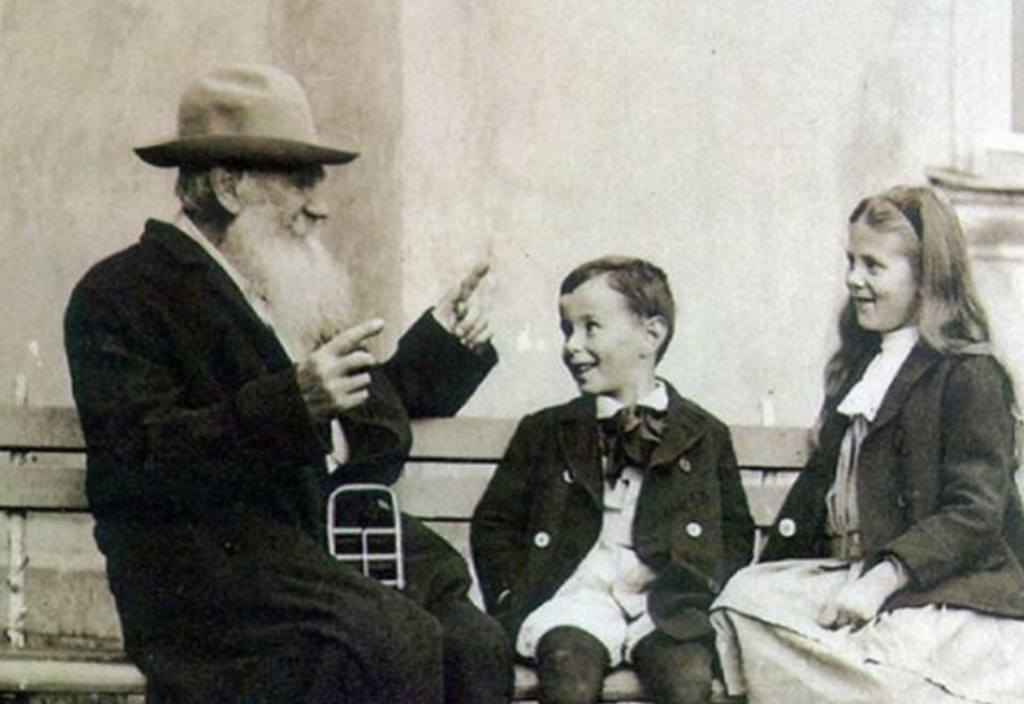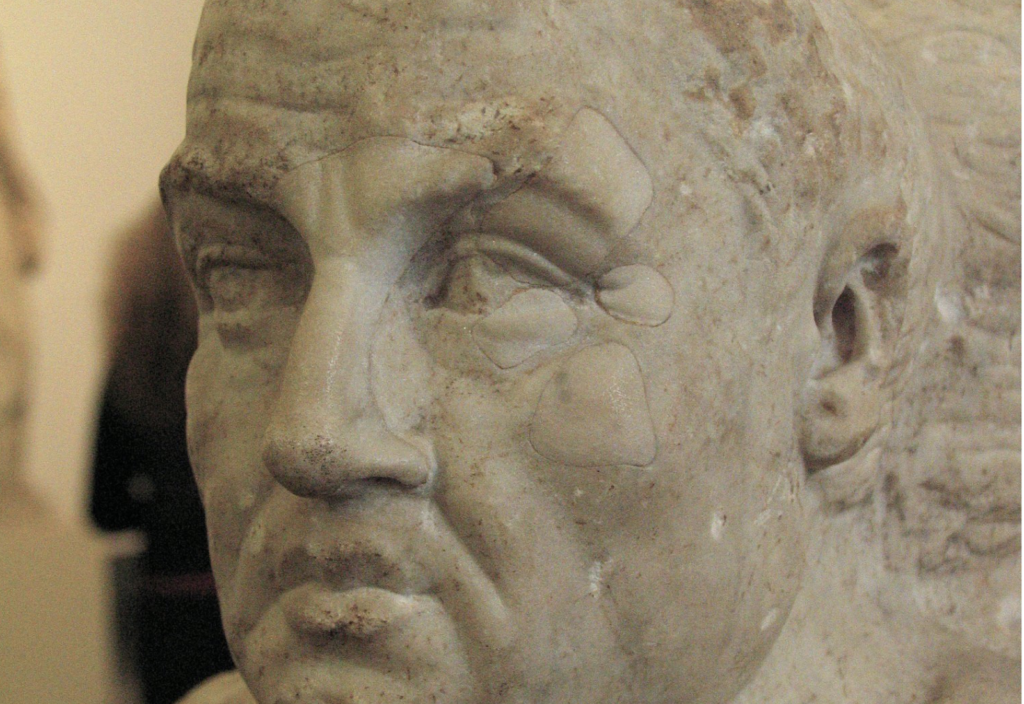Martin Heidegger is notoriously difficult to decipher and has been accused by many critics of both obscurantism and anti-Semitism. He compromised his standing by joining the Nazi Party in 1933. The argument over his Black Notebooks, unpublished while he lived, continues to this day. It’s not my purpose to delve into all this, however. I want only to reflect on his thinking about being the conscious creature “thrown towards death”. We are not Cartesian minds in mechanical bodies or immortal souls entrapped in sinful bodies, Heidegger argued. We are embodied, mortal beings, conscious and embedded in a world within which we must project ourselves through difficult choices, even as we move inescapably towards our own deaths.
It’s this issue, chiefly, which has drawn me to Heidegger’s thought, after dismissing him in my youth as a Continental obscurantist and anti-rationalist. In 2013, working on a long, semi-autobiographical novel called Darkness Over Love: A Complete Fiction, I wrote that its central character, Fenimore Moneghan, in the 1980s, did a PhD in philosophy at Harvard University on “scientific lacunae in the philosophies of Nietzsche and Heidegger”. The novel remains unfinished, but a book based on it, Darkness Over Love: A Writer’s Workbook, was published in 2014, because I valued where I had got to with it and suspected I might not live to complete the fiction. Facing mortality, I rounded it out into an incomplete fiction. Last summer, in complete remission, I re-read it with considerable fascination. It took me through what Heidegger called ‘death’ – an existential experience distinct from one’s ‘demise’ or physical and terminal end.
The published book includes a long (68 page) essay title ‘The Evolution of a Story: An author’s reflections on the creative process’. It seems to me to have been a major exercise of a Heideggerian kind – a reflection on my ‘worldedness’, my troubled consciousness, my wrestling with my life as a project and my sense of impending demise. One of the things that had exercised Fenimore Moneghan, and his brilliant circle of friends at Harvard in the 1980s, where they were all doing PhDs on different, cutting edge topics in various disciplines, from astronomy to economics, was that Heidegger’s sense of time had been absurdly foreshortened. It had pivoted on classical Greek history and seemed blind to Deep Time and the radical discoveries of serious geology, evolutionary biology and astro-biology. To be fair, these discoveries were only beginning by the 1920s, when Heidegger wrote Being and Time, his most famous (but incomplete) work. But Moneghan, in the 1980s (and I, in the 2010s) felt these things mattered enormously.
Subsequent to the publication of Darkness Over Love: A Writer’s Workbook, still preoccupied by the issues Moneghan had pondered at Harvard, I read with immense interest Gary Tomlinson’s remarkable book A Million Years of Music: The Emergence of Human Modernity (2015), in which the author ponders the evolutionary origins of music, or of what he calls ‘musicking’, the human propensity to make and respond to rhythm and song. He defines ‘human modernity’ as the era of Homo sapiens – from some two or three hundred thousand years ago – and the distinctive cognitive capacities that appear to set us apart as a species from earlier hominins. The latter include Homo erectus, a highly gifted hominin species that migrated across Africa and Eurasia and thrived for about one and a half million years before going extinct as our own species arose.
The link with Heidegger here is that Tomlinson argues Homo sapiens is ‘Dasein’ – conscious ‘being there’ in Heidegger’s sense – whereas Homo erectus was not. The beauty of this move is that it takes the time horizon of Dasein back far beyond where Heidegger tended to dwell and puts his difficult and complex arguments into a vastly deeper and more tangible setting. It also posits that Dasein emerged through an evolutionary process. I want to suggest here, without digressing to discuss further the fascinating arguments Tomlinson makes, that just to the extent that this is the case, we must situate emerging human consciousness of death – and its significance for living human life – in the time frame Tomlinson points to, rather than in the far shorter and more cramped and culture-specific one Heidegger operated within.
For those mystified – or even repelled – by Heidegger’s terminology and reputation, The Cambridge Companion to Heidegger’s Being and Time, edited by Mark Wrathall (2013) can be recommended as a lucid aide. Iain Thomson, Professor of Philosophy at the University of New Mexico, contributed an essay to that volume titled ‘Death and Demise in Being and Time’. Thomson makes clear that Heidegger doesn’t make it easy for us, because he uses terms in this field, as in other matters, with a rather bewildering lack of regard for common meanings. Yet, he insists, “…a great deal turns on Heidegger’s phenomenological analysis of death’. It is, apart from anything else, “the fulcrum of Heidegger’s entire ontology”.
If Heidegger frustrates us by not using terminology in common sense or transparent ways, we might pause to consider that our philosophical and religious traditions, while seemingly more transparent, are in fact, thoroughly puzzling. Our religious traditions talk about souls and afterlives and resurrections of the body. Our philosophical traditions talk about souls or minds as if they were distinct from the body (or located in the pineal gland). This language about what we are as beings and what happens when we die has been anything but common sensical for the longest time. And if we settle for a kind of half-baked ‘materialism’ and say that we are simply and obviously material beings who die and that’s that, we evade the really interesting questions about the significance for human existence of consciousness and death.
…if we settle for a kind of half-baked ‘materialism’ and say that we are simply and obviously material beings who die and that’s that, we evade the really interesting questions about the significance for human existence of consciousness and death.
That’s where Heidegger sought to go and, if we do as Tomlinson, among others, has done and take on board Heidegger’s most seminal insights, we might come to grasp how our traditions arose, how other cultural traditions arose and how we might generate new and meaningful approaches to human being, time and death in the 21st century, rather than defaulting to either brushing these questions aside with a mere shrug or refusing to think seriously about them at all while careening towards our own arbitrary ends.
It was in this spirit, given that I was creating Moneghan’s philosophical project in the fiction and then confronting my own potential demise, that I read Wrathall’s newly published companion to Heidegger in 2013. As Thomson points out, Heidegger had gone to great lengths to disentangle three things: living in denial or oblivion regarding mortality, approaching one’s physical demise (what we customarily think of as dying) and experiencing the uncanny nature of our lives as beings who must grapple with the meaning of their existence through the projects that constitute their lives, ending in demise. These distinctions then became pivotal to his whole ontology; the whole corpus of Being and Time.
Heidegger attempts to show that we can, as Dasein, grasp the nature of our being as a whole in the third of these cases. This is where his difficult and sometimes quite opaque argument riveted my attention in 2013. We need to confront both the stark reality of our inevitable demise and the fact that, while we create meaning and purpose through our projects, they are themselves distinct from our existence itself and can be arbitrary or inauthentic. To live authentically and thus well, he argued, means to slough off the glib assumption, conceits and evasions that immerse us in our thoughtless or arbitrary projects. We then free ourselves to choose projects that extend us and confront the contingent and responsible nature of being Dasein – the creature of choice, not only instinct. Fear of confronting this lies at the root of fear of demise (death in the common or garden sense), because we irrationally fear the nothingness that awaits us, the being deprived of our projecting into a future, even while avoiding – out of that very fear – the existential ‘death’ entailed in confronting how arbitrary and inauthentic our default projects often are.
That may take some digesting. But, confronting my own mortality and the question of my existential priorities, in 2013-14, I found the means to give expression to just these matters in both the story line of Darkness Over Love and in the long essay published with the incomplete version of that story. Not coincidentally, Fenimore’s muse in the story is a woman called Margarita Henderson y Mendoza, a music therapist. She urges upon him, from the beginning of their highly unconventional and rarefied relationship, in April 2004, the need to see his thinking, his writing, his living and their love in existential terms – Heideggerian ones and musical ones. His actual demise is what then throws the question of his life and his projects into the world in ways neither he, nor she nor any of the Harvard circle had anticipated. It was a very liberating piece of writing to do while ill. And then I recovered.
This article was originally published in the March 2020 edition (vol. 116) of Australian Rationalist.
Paul Monk’s Darkness Over Love: A Writer’s Workbook can be purchased here online.
Photo by Arturo Espinosa on Flickr (Creative Commons)

